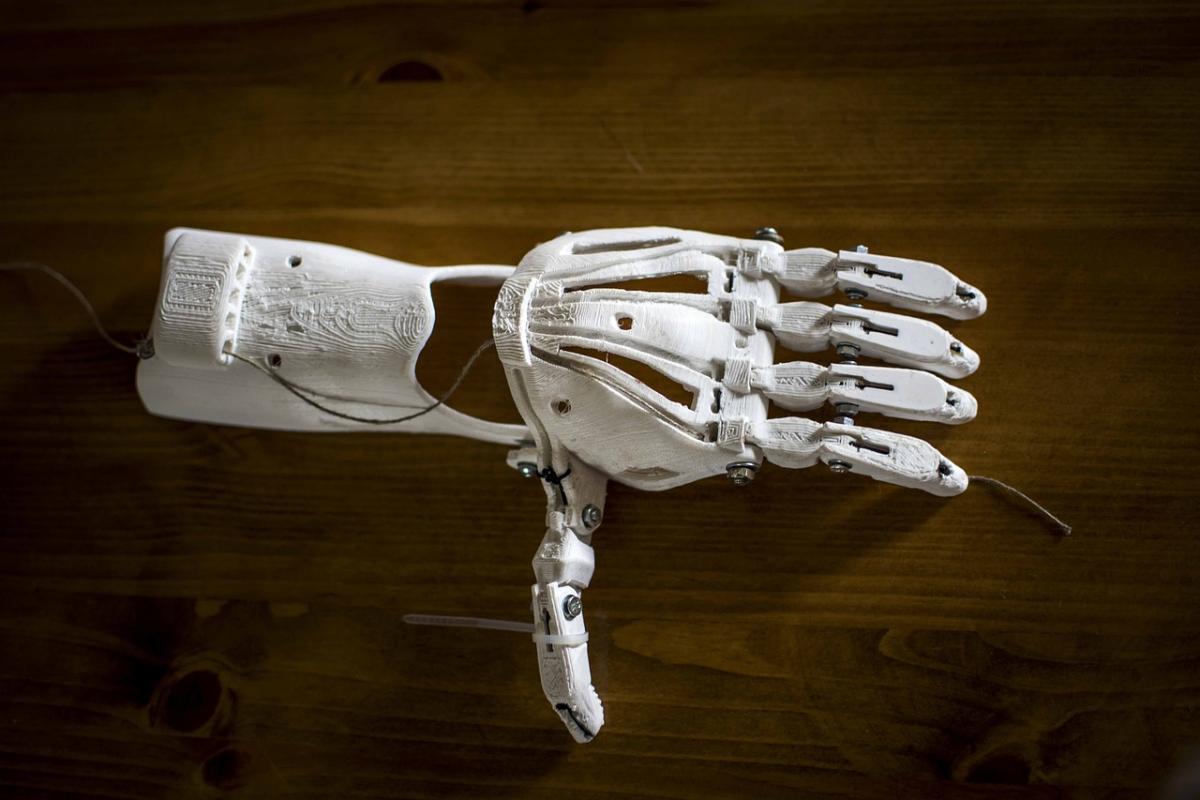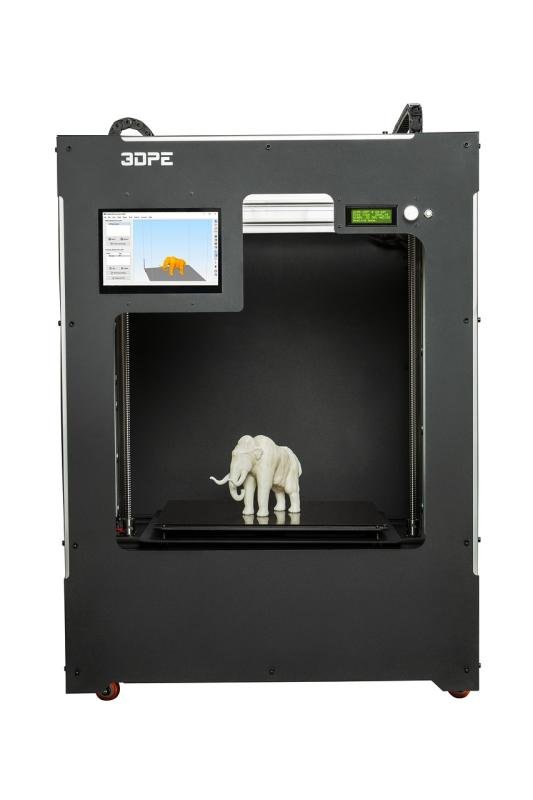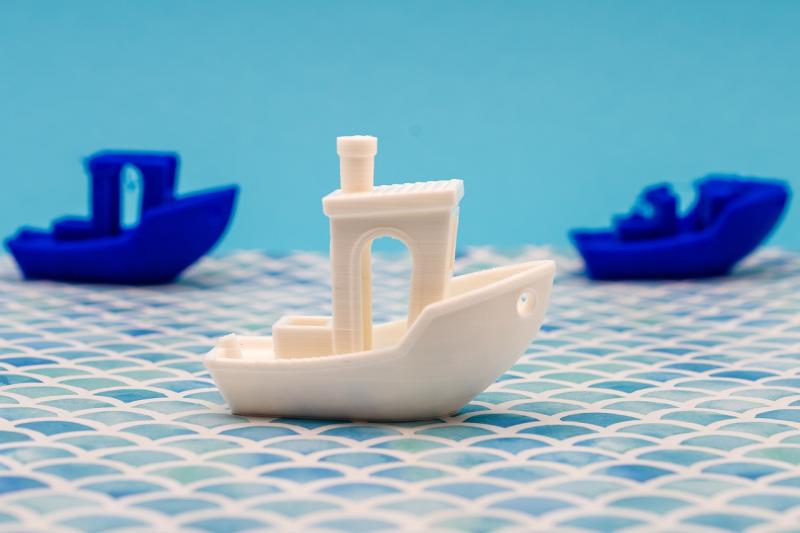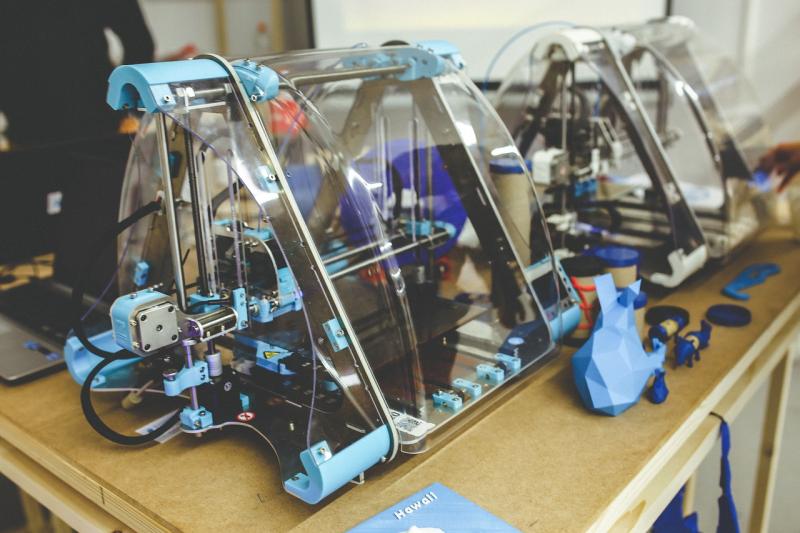Getting started with your 3D printer is super exciting! If you’re new to the world of 3D printing, it might feel a bit overwhelming at first, but don’t worry. Once you understand the basics, you’ll be printing your own creations in no time.
First, set up your printer in a nice, well-lit area. Make sure there’s enough space for materials and tools. Connect it to your computer or Wi-Fi so you can easily send designs to print. You’ll also want to load your filament—this is what your printer uses to create objects. Most beginner printers use PLA filament, which is easy to work with and eco-friendly.
Next, check out some free design software like Tinkercad or Fusion 360. These programs are user-friendly and perfect for beginners. You can start by modifying existing designs or creating something from scratch. Don’t worry if you’re not a pro at design; just have fun experimenting with shapes and sizes!
Once you’ve got a design ready, it’s time to slice it. Slicing breaks down your model into layers that the printer can understand. Most 3D printing software has slicing options built in. Adjust settings like layer height and printing speed to match what you want to achieve. Each tweak can change how your object looks and functions.
Finally, hit that print button! Keep an eye on the first few layers to make sure everything sticks well. After it’s done, you might have some cleanup to do, like removing support structures and sanding rough edges. Enjoy your new creation and don’t hesitate to jump back into the design software to try something new! The possibilities are endless, and each print is a chance to learn.
Top Projects for 3D Printing Fun
3D printing opens the door to all kinds of fun projects that will spark your creativity. Whether you're a beginner or an expert, there’s always something exciting to print. Here are some cool ideas to get you started:
If you’re looking to level up your gaming experience, consider printing custom game pieces or accessories. It’s a great way to enhance your tabletop games and show off your creativity.
Don’t forget about educational projects! You can print scientific models, like the solar system or human anatomy, to help with learning. These tactile models can make complex concepts easier to understand.
Tips for Choosing the Right Printer
Choosing the right 3D printer can feel overwhelming, but it doesn’t have to be! Start by figuring out what you want to create. Are you looking to print small models, functional parts, or big prototypes? Knowing your end goal helps narrow down your options.
Next, think about the materials you want to use. Some printers only handle plastic filaments, while others can work with metal or resin. If you have specific materials in mind, make sure the printer supports them. Also, consider the cost of those materials; some can add up quickly.
Don’t forget about build size! If you plan to work on larger projects, a printer with a bigger build volume is a must. But if you’re just starting out or sticking to smaller items, a more compact model could save you money and space.
Another thing to look at is printer speed and resolution. If you’re excited about quick prints, check the speed rating. But if detail is what matters most, focus on printers with high resolution. You don’t want to compromise on quality just to get things done faster!
Lastly, read reviews! Real user experiences give you insights that specs alone can’t. Look for feedback on reliability, setup, and customer support. The right printer for you should fit your needs and keep you happy on your 3D printing journey.
Maintain Your Printer for Best Results
Keeping your 3D printer in tip-top shape is key to getting the best results. A little maintenance goes a long way, and it doesn’t have to take a lot of time. Here are some easy tips to keep your printer running smoothly.
First off, always check the nozzle. Dust and residue can build up, leading to clogs. A quick clean can prevent a lot of headaches. If you notice issues with the quality of your prints, give the nozzle a good wipe with a soft cloth or use a specialized cleaning filament to do the job.
Next up, keep an eye on the build plate. A clean surface helps your prints stick better and come out right. Use isopropyl alcohol to wipe it down before starting a new print. If you’re using a removable plate, make sure it’s free of any debris or old material.
Don’t forget about the belts and moving parts. Check them regularly and give them a quick wipe to remove dust and debris. If the belts feel loose, adjust them. Keeping everything tight and clean helps maintain accuracy and speed during printing.
Finally, ensure you’re using the right settings for every print. Different materials and designs can require tweaks. Always refer to the manufacturer guidelines, and don’t hesitate to experiment a little. With a bit of care and attention, your prints will turn out awesome every time!



